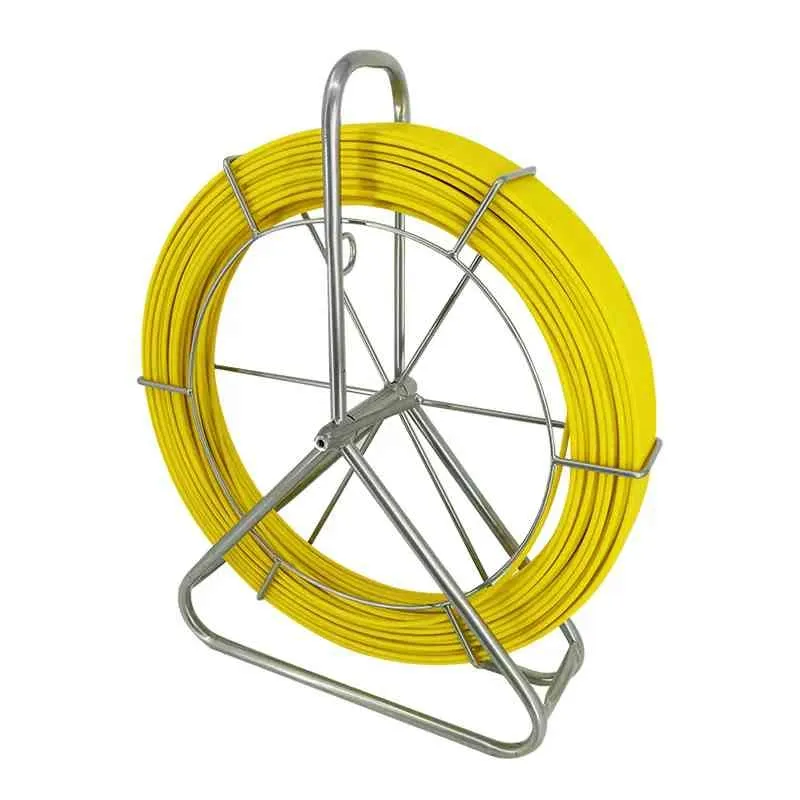
-
 Afrikaans
Afrikaans -
 Albanian
Albanian -
 Amharic
Amharic -
 Arabic
Arabic -
 Armenian
Armenian -
 Azerbaijani
Azerbaijani -
 Basque
Basque -
 Belarusian
Belarusian -
 Bengali
Bengali -
 Bosnian
Bosnian -
 Bulgarian
Bulgarian -
 Catalan
Catalan -
 Cebuano
Cebuano -
 Corsican
Corsican -
 Croatian
Croatian -
 Czech
Czech -
 Danish
Danish -
 Dutch
Dutch -
 English
English -
 Esperanto
Esperanto -
 Estonian
Estonian -
 Finnish
Finnish -
 French
French -
 Frisian
Frisian -
 Galician
Galician -
 Georgian
Georgian -
 German
German -
 Greek
Greek -
 Gujarati
Gujarati -
 Haitian Creole
Haitian Creole -
 hausa
hausa -
 hawaiian
hawaiian -
 Hebrew
Hebrew -
 Hindi
Hindi -
 Miao
Miao -
 Hungarian
Hungarian -
 Icelandic
Icelandic -
 igbo
igbo -
 Indonesian
Indonesian -
 irish
irish -
 Italian
Italian -
 Japanese
Japanese -
 Javanese
Javanese -
 Kannada
Kannada -
 kazakh
kazakh -
 Khmer
Khmer -
 Rwandese
Rwandese -
 Korean
Korean -
 Kurdish
Kurdish -
 Kyrgyz
Kyrgyz -
 Lao
Lao -
 Latin
Latin -
 Latvian
Latvian -
 Lithuanian
Lithuanian -
 Luxembourgish
Luxembourgish -
 Macedonian
Macedonian -
 Malgashi
Malgashi -
 Malay
Malay -
 Malayalam
Malayalam -
 Maltese
Maltese -
 Maori
Maori -
 Marathi
Marathi -
 Mongolian
Mongolian -
 Myanmar
Myanmar -
 Nepali
Nepali -
 Norwegian
Norwegian -
 Norwegian
Norwegian -
 Occitan
Occitan -
 Pashto
Pashto -
 Persian
Persian -
 Polish
Polish -
 Portuguese
Portuguese -
 Punjabi
Punjabi -
 Romanian
Romanian -
 Russian
Russian -
 Samoan
Samoan -
 Scottish Gaelic
Scottish Gaelic -
 Serbian
Serbian -
 Sesotho
Sesotho -
 Shona
Shona -
 Sindhi
Sindhi -
 Sinhala
Sinhala -
 Slovak
Slovak -
 Slovenian
Slovenian -
 Somali
Somali -
 Spanish
Spanish -
 Sundanese
Sundanese -
 Swahili
Swahili -
 Swedish
Swedish -
 Tagalog
Tagalog -
 Tajik
Tajik -
 Tamil
Tamil -
 Tatar
Tatar -
 Telugu
Telugu -
 Thai
Thai -
 Turkish
Turkish -
 Turkmen
Turkmen -
 Ukrainian
Ukrainian -
 Urdu
Urdu -
 Uighur
Uighur -
 Uzbek
Uzbek -
 Vietnamese
Vietnamese -
 Welsh
Welsh -
 Bantu
Bantu -
 Yiddish
Yiddish -
 Yoruba
Yoruba -
 Zulu
Zulu


កញ្ញា . 06, 2024 03:19 Back to list
Approximate Capacity and Size of D-Shackles for Various Applications
Approximate Capacity and Size of D-Shackles for Various Applications
D-shackles, also known as anchor shackles, are essential components in rigging and lifting systems, widely used across various industries, including construction, marine, and safety sectors. Understanding the approximate capacity and size of D-shackles is crucial for ensuring safety and efficiency in operations involving lifting and securing loads.
Understanding D-Shackle Sizes
The size of a D-shackle is typically determined by its pin diameter and the overall width of the shackle’s body. Common sizes range from small, lightweight shackles with a pin diameter of 6mm to heavy-duty options exceeding 50mm. The size you choose often depends on the load requirements and the environment in which the shackle will be used.
For instance, a 6mm D-shackle may have a safe working load (SWL) of around 500 kilograms, making it suitable for light-duty applications. Conversely, larger sizes like a 32mm shackle can handle loads of approximately 8 tons. It's vital to refer to manufacturer specifications when selecting a shackle for safety-critical applications.
Capacity Ratings
'approximate capacity and size of d-shackles for various ...'

The capacity of a D-shackle is determined by its material, design, and manufacture. Most D-shackles are made from high-grade steel which contributes to their strength and durability. A common standard for capacity ratings is based on the shackle's working load limit (WLL), which is the maximum load that the shackle can safely carry when in use. For example, a standard 25mm D-shackle might have an SWL of about 5 tons, making it ideal for moderate lifting tasks.
In addition to SWL, it’s critical to consider the safety factors incorporated in shackles. Generally, D-shackles are designed with a safety factor ranging from 51 to 61, meaning that they can withstand loads up to five or six times their WLL before failure occurs. This ratio ensures that the shackles can handle dynamic forces and unexpected loads that may occur during rigging and lifting operations.
Material Considerations
The material of the D-shackle plays a significant role in its capacity and longevity. Stainless steel shackles provide excellent resistance to corrosion, making them ideal for marine environments, while carbon steel options are often more cost-effective for general use. When selecting a shackle, it is also essential to consider any environmental factors like exposure to chemicals or extreme temperatures, which may impact material integrity.
Conclusion
In summary, understanding the approximate capacity and size of D-shackles is essential for safe lifting and securing loads in various applications. Properly selecting the size, considering the capacity ratings and material properties, will not only enhance safety but also improve the efficiency of operations. Always refer to reliable manufacturer specifications and follow industry regulations to ensure maximum operational safety. By doing so, users can prevent accidents and improve the longevity of their rigging equipment, ensuring that tasks are performed smoothly and efficiently.
Latest news
Understanding Earth Wiring and Grounding: Essential Components for Electrical Safety
NewsAug.15,2025
The Ultimate Guide to Cable Pulling Tools and Equipment for Efficient Installations
NewsAug.15,2025
Streamline Your Projects with Advanced Cable Pulling Equipment
NewsAug.15,2025
Simplify Cable Installation with Advanced Cable Pulling Tools and Equipment
NewsAug.15,2025
Essential Guide to Link Sticks and Hot Sticks for Electrical Safety and Line Work
NewsAug.15,2025
Efficient Solutions for Cable Installation: Your Guide to Cable Pulling Winches and Equipment
NewsAug.15,2025








